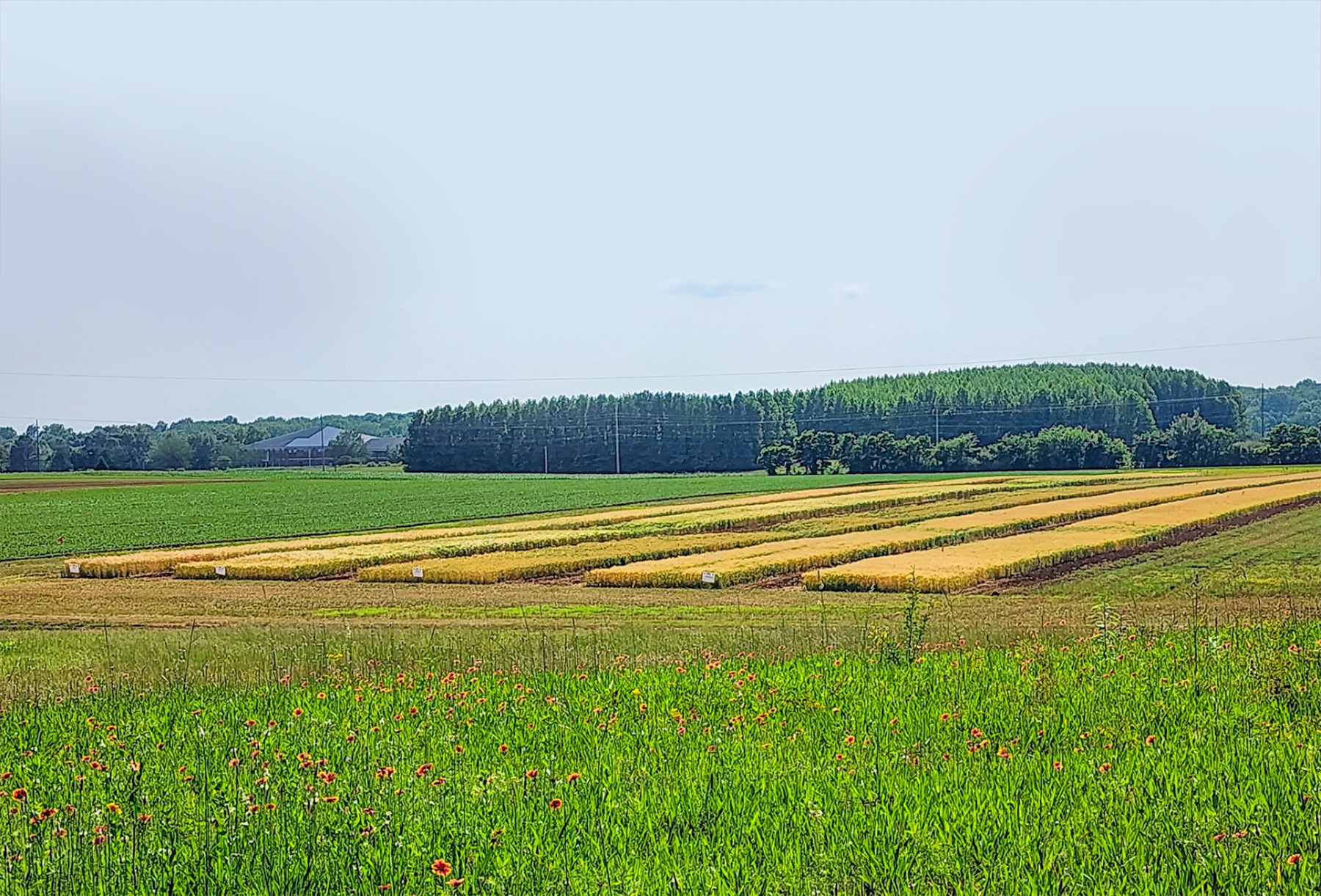Besides dozens of scientists, the University of Illinois at Urbana-Champaign and its partners provide support for CABBI research with the following facilities…
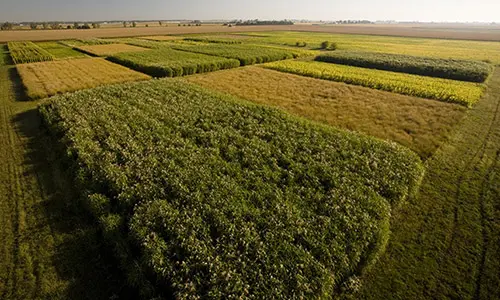
The Illinois Energy Farm
Researchers use this unique, 320-acre farm to grow Miscanthus, sorghum, and energycane on fields that have the latest instrumentation for quantifying bioenergy crops’ effect on biogeochemical cycling of carbon, nitrogen, and water. The Farm has a 12,000-square-foot building with wet laboratories, sample-processing areas, and a teaching facility, as well as large-scale production greenhouses and isolated plant breeding areas.
The Carl R. Woese Institute for Genomic Biology
IGB, which oversees and integrates CABBI’s core science team at Illinois in its massive lab space, features $7 million in state-of-the-art equipment for high-throughput analytical chemistry; structural biology; genomics; proteomics and metabolomics; fermentation; and characterization of microbial cells, microbial communities, and plants. It also has a $2 million biofoundry, the iBioFAB, which was established for rapid strain development.
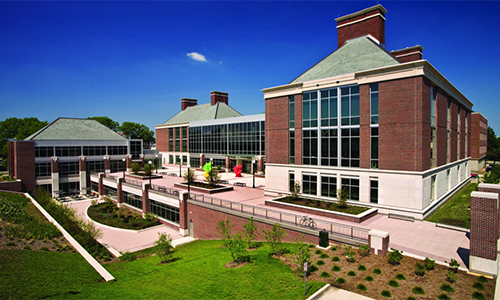
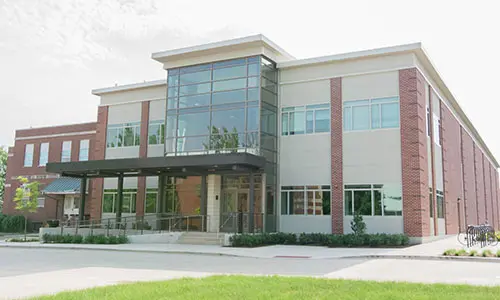
The Integrated Bioprocessing Research Lab
IBRL allows researchers to focus on scaling up, commercialization, and de-risking of processes using chemical, physical, and biological conversion of feedstocks into fuels and other bioproducts. IBRL’s 42,000-square-foot pilot plant at Illinois houses a continuous pretreatment reactor that can deconstruct a wide array of feedstocks with a number of different pretreatments.
Plant Biology Innovation Greenhouse
The Plant Biology Innovation Greenhouse is a new, state-of-the-art greenhouse on the University of Illinois Urbana-Champaign campus that supports CABBI research. Opened in 2024, the facility is home to a high-throughput phenotyping system and walk-in growth rooms that features the stable isotope labeling facility. The energy-efficient facility also features a solar array made possible by generous support from the Student Sustainability Committee at Illinois.
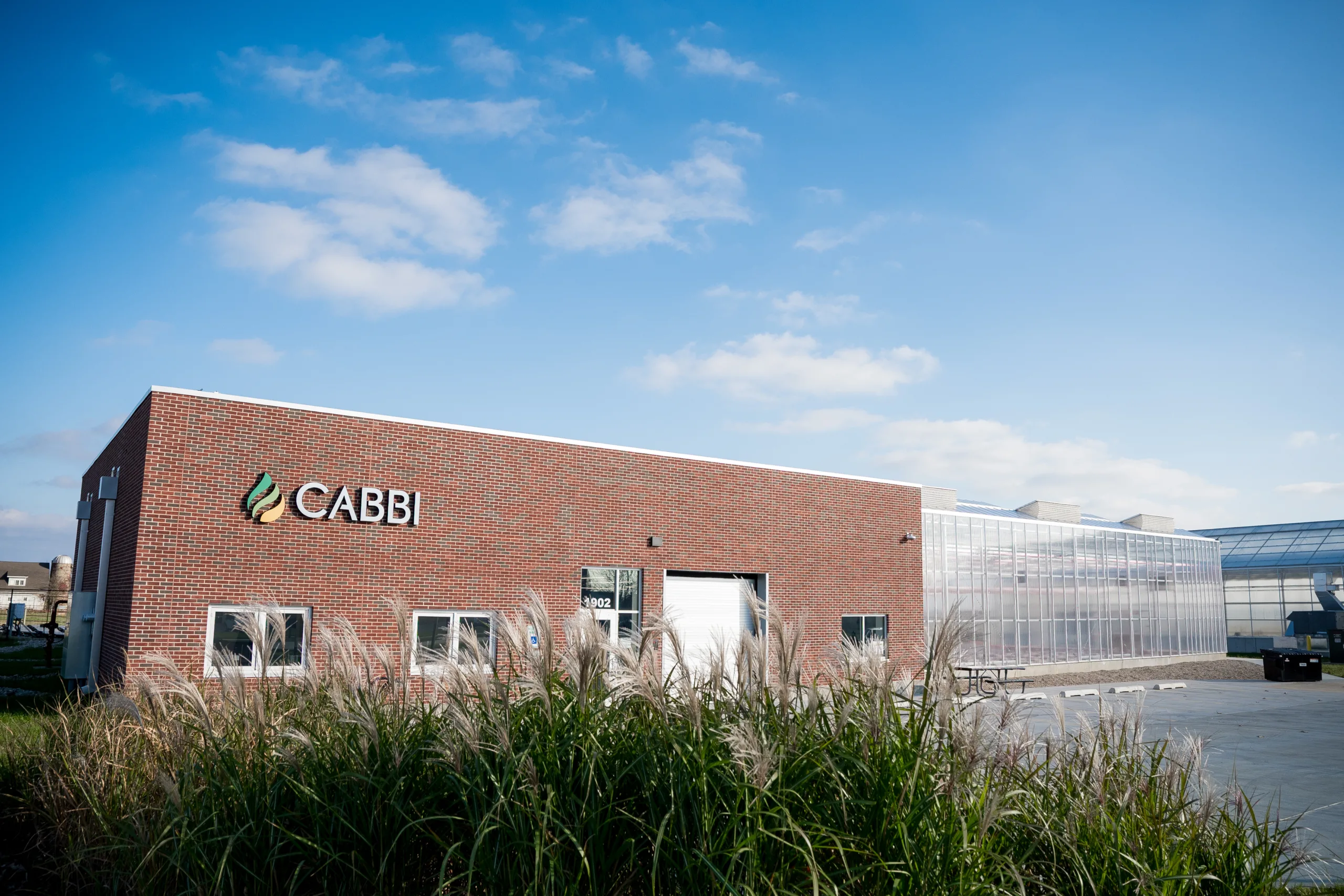
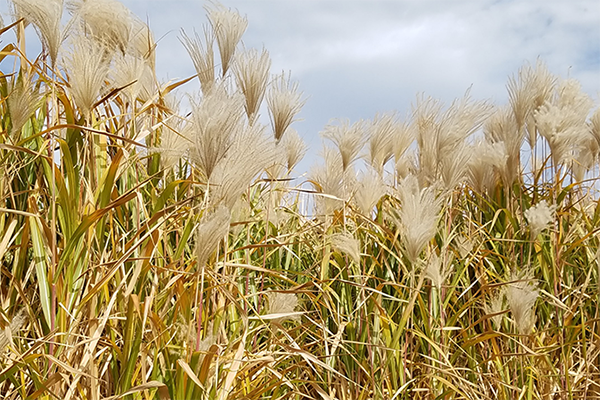
Sustainable Advanced Bioeconomy Research Site
Iowa State University’s 60-acre companion site complements the Illinois Energy Farm and expands the portfolio of state-of-the-art measurement of carbon, nitrogen, and water cycling in Miscanthus and sorghum. It also features the unique capability to quantify the impacts of varying management practices on water quality and economic performance. Germplasm assessment and plant breeding isolation space is also on site. Facilities on site include a 600-square-foot building with real-time data management and quality control capabilities and space to prepare plant, water, and soil samples for lab analysis.
Winfred Agricultural Research Station
Alabama A&M University has a 972-acre working research farm in Hazel Green, Alabama dedicated to providing the facilities and outdoor laboratories needed. The Station also provides hands-on educational opportunities for students and the public. The station includes central facilities, a plant and soil science field research lab, constructed wetlands study site, a 50-acre experimental plot and demonstration area, a weather station network in north Alabama, and more.
